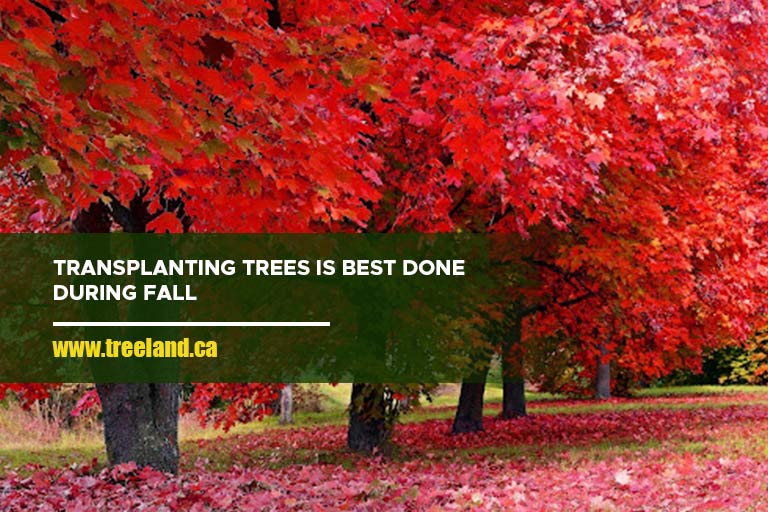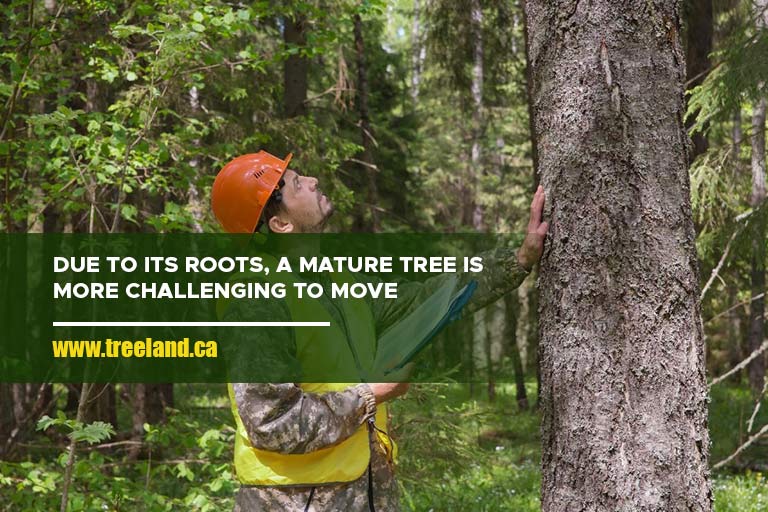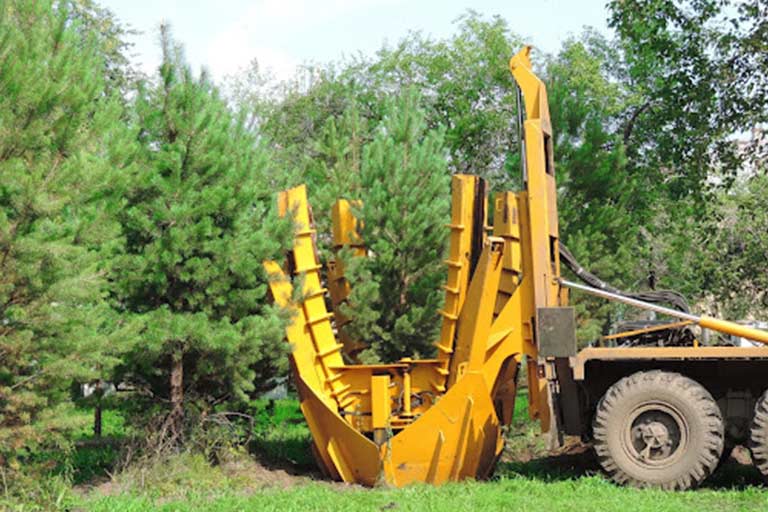Moving a tree can be a great way to preserve a beloved plant or improve your landscape, but timing is everything. Tree canopy density, climate, growth in size, and ground surface cover significantly impact cooling potentials in urban heat islands, making tree health and placement critical (Rahmanet al., 2020).
Choosing the right time of year to move a tree is crucial to its survival and ensuring it continues to thrive in its new location. Let’s explore how seasonal timing can make all the difference for successful tree moving.
Understanding the Best Time for Tree Moving
Choosing the right season for tree moving is crucial to the tree’s health and survival. Each season presents different environmental conditions that can either help or hinder the process.
The most important factor to consider is tree dormancy, which refers to the period when a tree’s growth slows or stops, usually in fall and early spring. During dormancy, trees are less stressed, making them more resilient to the disruption caused by moving. Soil conditions also play a big role. The soil should be moist but not overly saturated or dry.
Seasonal Breakdown for Tree Moving
Different seasons offer unique conditions that affect how well a tree adapts to being moved. Here’s a closer look at the pros and cons of moving trees during each season:
- Spring: Early vs. Late Spring
Early spring, before the tree begins its active growth, is one of the best times for moving trees. During this time, trees are coming out of dormancy, and the soil is usually moist, helping roots establish before the warmer months.
However, moving a tree in late spring can be riskier. As trees start actively growing, they require more energy, which increases stress and reduces their ability to recover from the move.
- Summer: Risks and Considerations
Summer is generally the least favourable time for tree moving. High temperatures and dry conditions put additional stress on trees, making it harder for them to establish new roots. However, if you must move a tree in summer, intensive care (such as regular watering, shading, and mulching) will be necessary to help the tree survive.
Many landscapers recommend waiting until fall, especially when considering transplanting trees purchased earlier, like those from nurseries or from your nearest trees for sale in Stouffville, to ensure better chances of survival.
- Fall: The Optimal Season

Fall is considered the ideal time for tree moving, especially for deciduous trees. As temperatures cool down, trees enter dormancy, reducing the risk of shock. The soil remains warm enough for root growth, allowing the tree to settle in before winter. This combination of cooler weather and warm soil makes fall the most forgiving season for transplanting trees.
- Winter: A Possible Option
While moving trees in winter is uncommon, it can work for certain species, particularly evergreens. During this time, the tree is fully dormant, and there’s less risk of dehydration. The challenge, however, lies in frozen ground, which can make digging and replanting difficult. Moving trees in winter should be done with care, especially if the ground is too hard to handle.
Factors to Consider Before Tree Moving
Before you decide to move a tree, it’s essential to evaluate several factors that can influence the success of the transplant. These considerations will help ensure that the tree not only survives the move but thrives in its new location.
- Tree Species
Different tree species have varying sensitivities to transplantation. Some trees, such as oaks and maples, are more resilient and can handle being moved, while others, like birches and certain fruit trees, may struggle. Researching the specific needs and characteristics of your tree species will help you determine the best time for moving and any special care it may require.
- Location and Climate
The local climate plays a significant role in tree moving. Trees in warmer climates may have different dormancy periods compared to those in cooler areas, affecting the best time for relocation. Consider also the microclimate of the new location (sun exposure, wind patterns, and soil type) can all impact the tree’s health.
- Tree Size

Larger trees often have extensive root systems, making them more challenging to move. If you’re dealing with a mature tree, timing becomes even more critical. A smaller tree may establish more quickly and adapt better if moved during the right season.
When considering tree moving, assess the tree’s size and plan accordingly, as larger specimens may require professional assistance.
Tree Care After Moving
Successfully moving a tree is only half the battle; proper care in the aftermath is essential for ensuring that the tree establishes itself and thrives in its new environment. Here are key care practices to follow after moving a tree:
- Immediate Care
As soon as the tree is relocated, it needs to be given urgent attention. Immediately after planting, give the tree a good watering to assist the soil around the roots settle and remove any air pockets. Maintaining consistent watering is crucial, particularly in the initial weeks when the tree will require moisture to promote root development.
Depending on the season, mulch can also be applied around the base of the tree to retain soil moisture and regulate temperature. Be sure to keep the mulch a few inches away from the trunk to prevent rot.
- Long-Term Maintenance
After the initial settling period, ongoing maintenance becomes essential. Monitor the tree for signs of stress, such as wilting leaves or stunted growth. Regular watering will still be necessary, especially during dry spells. Fertilizing the tree can also support its recovery, but it should be done carefully; a soil test can help determine if and when fertilization is needed.
Additionally, protect the newly relocated tree from pests and diseases. Keep an eye out for any signs of infestation or fungal growth and take action promptly if any issues arise. Pruning may also be beneficial, particularly to remove any damaged or dead branches that could impede the tree’s growth.
Your Tree’s New Beginning Awaits!
Choosing the right time of year for tree moving in GTA is essential for ensuring your tree’s successful transition. With careful planning and proper care, you can enhance the health and longevity of your newly relocated tree.
If you’re considering tree moving and want expert assistance, reach out to Caledon Treeland at (905) 880-1828. Let us help you create a thriving landscape that will flourish for years to come!

